
Celebrating 150 years of supporting Wairarapa locals and businesses
Wairarapa Building Society (WBS) was established in 1873, and this year we mark 150 years of supporting Wairarapa locals and businesses. We’re extremely proud of our heritage, and firmly focussed on the future.
This timeline captures some important milestones in our history, alongside local and national events.
Building societies emerged in Britain in the late 1770s
Building societies emerged in Britain in the late 1770s as a way of enabling working class people to buy or build their own homes. They took regular subscriptions from members until enough funds had been accumulated for each participant to purchase or build a house. The society then disbanded or terminated. Permanent societies soon evolved, as people wanted somewhere safe for their savings.
In Wairarapa, Greytown led the way, with the formation of the Permanent Investment and Loan Association of Wairarapa, PILA, in 1873.
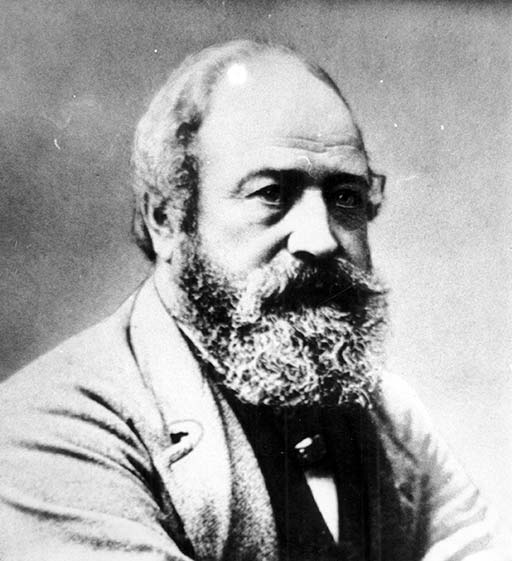
Thomas Hooker, one of the original PILA directors.
Both formed in 1876, the Carterton Taratahi Permanent Investment, Loan and Building Society and the Masterton Permanent Investment and Building Society struggled to match the success of their southern counterpart.
Despite the input of many successful Carterton businessmen, the Carterton Taratahi Society folded in 1879, its assets taken over by the PILA.
Masterton votes to go ‘dry’.
Influenza pandemic.
First talking movies arrive in Wairarapa.
The economic hardships of the Depression spurred the establishment of two new permanent societies in 1931 – the North Wairarapa Permanent Building and Investment Society and the Tararua Permanent Building Society. Despite their names, both societies operated from a base in Masterton.
By the late 1950s it was clear there was not enough business for all the building societies in Wairarapa. The Masterton Permanent Investment and Building Society sought a merger with the larger North Wairarapa Permanent Building and Investment Society, and in 1960 the 1876 Masterton Society was drawn into the North Wairarapa one.
Widespread damage from ‘Wahine’ storm.
Twenty years later things had changed again. Across New Zealand, building societies were amalgamating, forming large associations. It became clear that all three societies needed to act if they wished to remain locally owned. In 1980 the three societies merged, forming the Wairarapa Permanent Building Society – WBS.
WBS moves into its new office at 100 Queen Street Masterton.
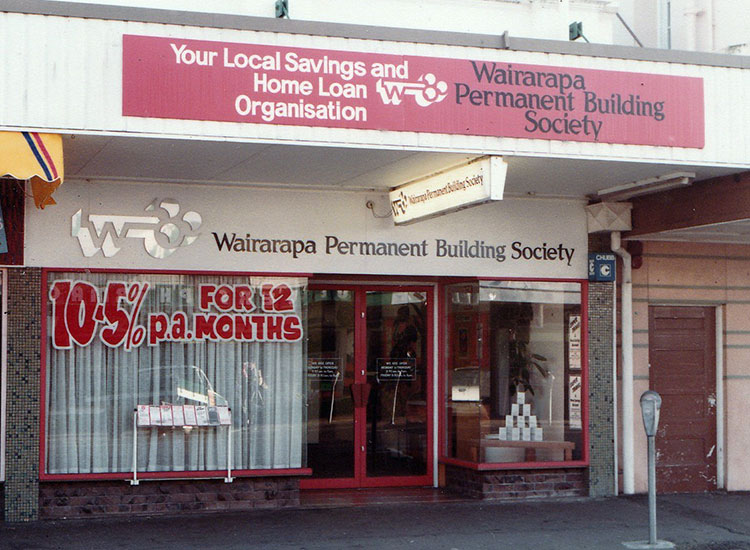
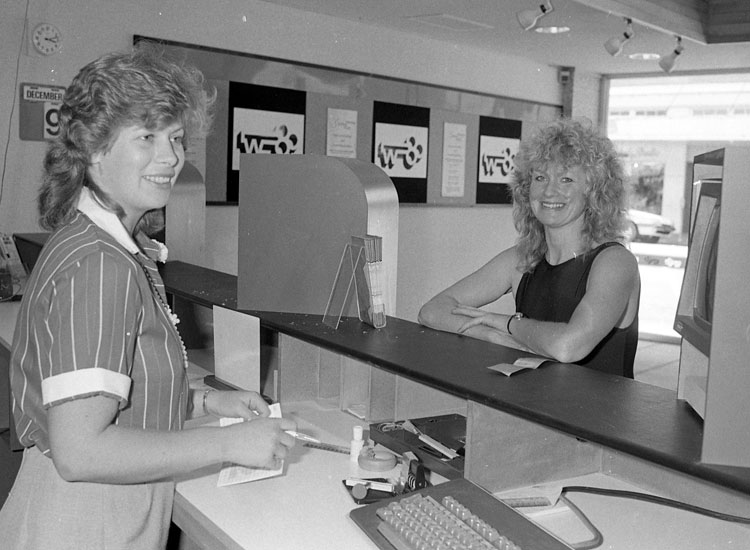
Sharon Ryan serving at the new WBS office in 1985.
Entrepreneur Mike Laven converted the ‘slightly’ rundown Martinborough Hotel into a destination for locals and visitors. WBS also saw the potential, and wholeheartedly supported his project.
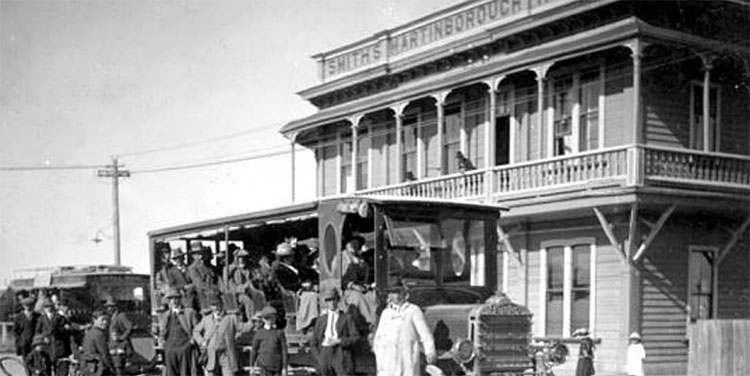
Martinborough Hotel circa 1930.
WBS donate $200,000 for the new Masterton Recreation Centre.
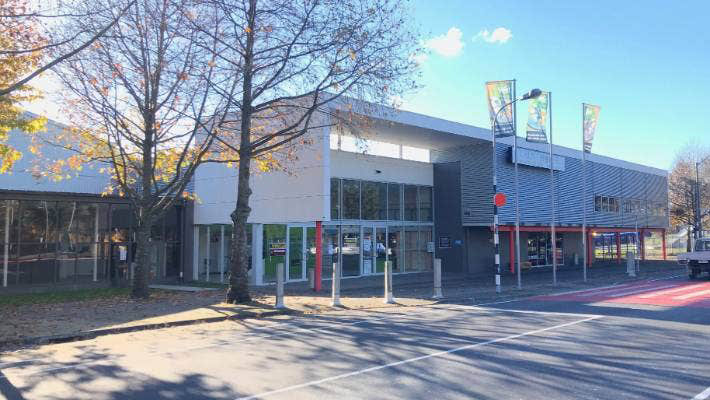
With WBS support, property developer Trevor Pearce purchased an obsolete railway workshop from the Hutt Valley, cut it up into six sections, and carefully transport it across the Remutaka Range to Greytown, to develop what came to be The White Swan.
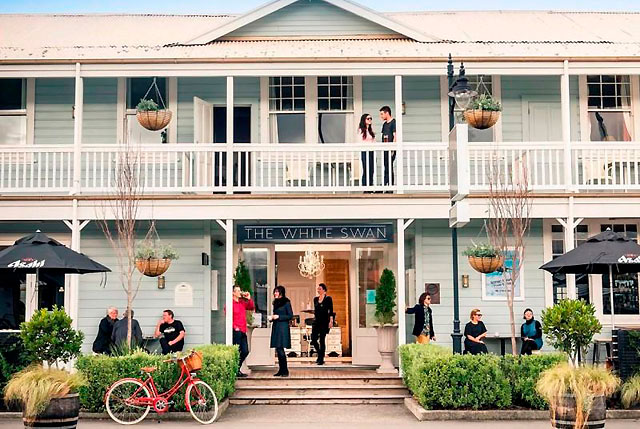
Image Credit: Mike Heydon.
Concerned that the assets built up over nearly 150 years could be lost to the community, WBS restructured to secure Wairarapa ownership and control. The WBS Charitable Trust was formed with a cornerstone shareholding, to ensure ongoing support of local clubs and organisations.
WBS initiate support for local foodbanks. Read more.
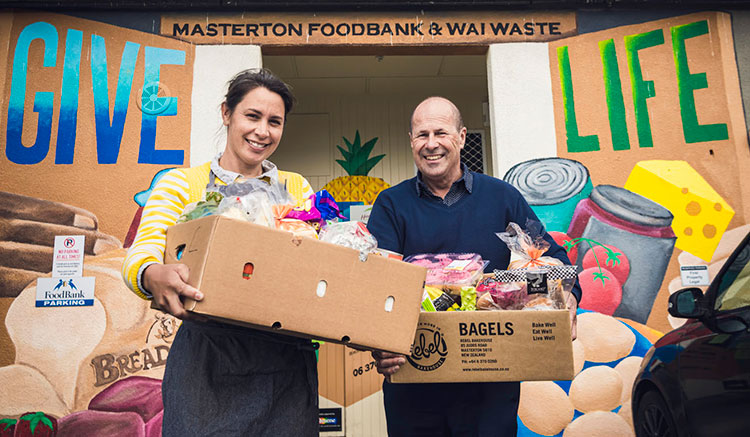
Jenna and Steve at the Masterton Food Bank.
WBS moves to new purpose-built office at 125 Queen Street.
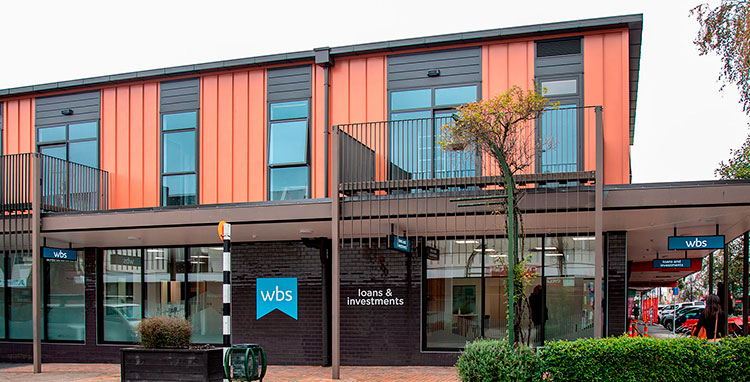
With its proud history as an agile, community-focused organisation, WBS continues to evolve, ensuring it is well placed to provide locals with loans and investments and support community initiatives well into the future.
